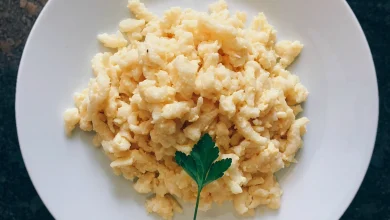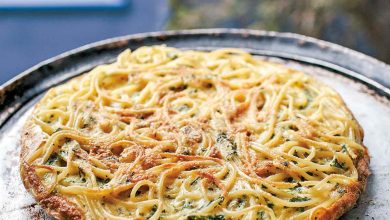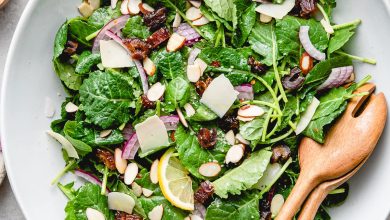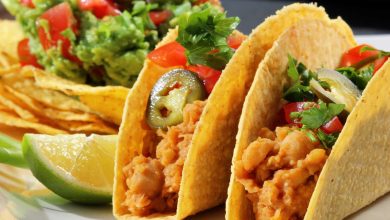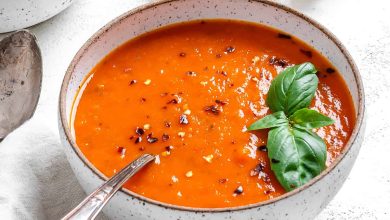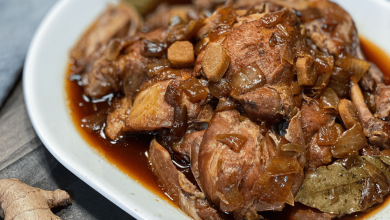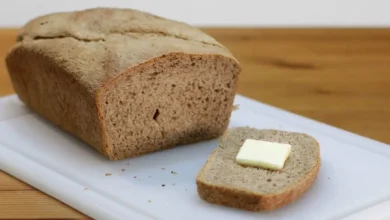Quesadillas: A Delectable Mexican Dish
Introduction:
Quesadillas are a popular Mexican dish that has gained worldwide recognition for its simple yet delicious preparation. This savory delight consists of a tortilla filled with a variety of ingredients, such as cheese, meat, vegetables, or beans. It’s a versatile dish that can be enjoyed as a quick snack, appetizer, or even a full meal. In this comprehensive guide, we will delve into the history of quesadillas, explore their key components, provide step-by-step instructions on how to prepare them, and estimate the time needed for preparation.
History of Quesadillas:
The history of quesadillas is deeply rooted in Mexican culinary traditions. The word “quesadilla” is derived from the Spanish word “queso,” meaning cheese. While the exact origin of quesadillas is debated, they are believed to have been consumed by indigenous peoples in Mexico long before the arrival of the Spanish conquistadors. Initially, quesadillas were made with masa, a dough made from corn, and filled with ingredients like squash and pumpkin seeds.
With the Spanish influence in Mexico, wheat flour tortillas and dairy products, including cheese, were introduced to the region. This marked a pivotal moment in the evolution of quesadillas, as cheese became a prominent ingredient. Today, quesadillas are enjoyed in countless variations, both in Mexico and around the world.
Components of Quesadillas:
To prepare quesadillas, you will need the following key components:
-
Tortillas: Flour or corn tortillas are commonly used. You can choose the type that suits your preference.
-
Cheese: Cheese is the quintessential ingredient in quesadillas. Popular choices include mozzarella, cheddar, Monterey Jack, or Oaxaca cheese. Grated cheese works best for easy melting.
-
Filling: Quesadillas can be customized with a variety of fillings, such as grilled chicken, cooked vegetables, beans, mushrooms, or even seafood. You can mix and match ingredients to suit your taste.
-
Spices and Seasonings: Depending on your filling choices, you may want to add spices like cumin, paprika, chili powder, or fresh herbs like cilantro for extra flavor.
Steps to Prepare Quesadillas:
Now, let’s walk through the steps to prepare delicious quesadillas:
Step 1: Gather Ingredients
- Tortillas
- Cheese (grated)
- Filling ingredients (e.g., chicken, vegetables)
- Spices and seasonings
Step 2: Prepare Filling
- Cook your chosen filling ingredients. For example, if using chicken, grill or sauté it until fully cooked and season with spices as desired. If using vegetables, sauté them until tender.
Step 3: Assemble Quesadillas
- Place a tortilla on a clean surface.
- Sprinkle a generous amount of grated cheese on one half of the tortilla.
- Add your cooked filling on top of the cheese.
Step 4: Fold and Cook
- Fold the tortilla in half, creating a half-moon shape.
- Heat a skillet or pan over medium heat and lightly grease it with oil or butter.
- Carefully place the quesadilla in the skillet and cook for 2-3 minutes on each side or until it turns golden brown and the cheese is fully melted.
Step 5: Serve
- Remove the quesadilla from the skillet and let it cool for a minute.
- Cut it into wedges, and serve with your favorite dipping sauces or toppings, such as salsa, guacamole, or sour cream.
Estimated Preparation Time:
The time required to prepare quesadillas depends on several factors, including the type of filling and your cooking skills. On average, it takes approximately 20-30 minutes to prepare quesadillas, including the time for cooking the filling and assembling the dish.
In conclusion, quesadillas are a delightful Mexican dish with a rich history and endless possibilities for customization. With this guide, you have the knowledge to create your own delicious quesadillas, whether for a quick snack or a hearty meal. Enjoy experimenting with different fillings and flavors to make quesadillas that cater to your taste preferences.
Nutrition Facts and Health Information for Quesadillas
Quesadillas can be a delicious and satisfying dish, but it’s essential to be mindful of their nutritional content. The specific nutritional values of a quesadilla can vary depending on the ingredients used and portion size. Below, I’ll provide a general overview of the nutrition facts and some health considerations for quesadillas.
Nutrition Facts (per serving, approximately one quesadilla):
-
Calories: The calorie content of a quesadilla can range from around 300 to 600 calories, depending on the size and ingredients used.
-
Protein: Quesadillas can provide a good source of protein, primarily from cheese and any meat or beans used as fillings. A typical quesadilla may contain 10-20 grams of protein per serving.
-
Carbohydrates: The primary source of carbohydrates in quesadillas is the tortilla, which can contain 30-40 grams of carbohydrates. Additional carbohydrates may come from vegetables or beans used as fillings.
-
Dietary Fiber: The dietary fiber content can vary but is generally low in quesadillas unless substantial amounts of vegetables or beans are used.
-
Fat: Quesadillas can be moderate to high in fat due to the cheese and any added oils or butter used for cooking. A single quesadilla can contain 15-30 grams of fat.
-
Saturated Fat: Cheese is a significant source of saturated fat in quesadillas, with one serving providing 6-10 grams or more.
-
Sodium: The sodium content of quesadillas can be relatively high, primarily due to cheese and any processed ingredients used. It’s essential to be cautious if you’re watching your sodium intake.
Health Considerations:
-
Portion Size: The serving size of a quesadilla matters for calorie control. Consider sharing or making smaller quesadillas to manage calorie intake.
-
Cheese Selection: Opt for lower-fat cheese or use less cheese to reduce saturated fat and calorie content.
-
Filling Choices: Incorporate vegetables and lean protein sources like grilled chicken or beans to boost the nutritional value of your quesadilla.
-
Tortilla Type: Whole wheat or whole grain tortillas provide more fiber and nutrients compared to white flour tortillas.
-
Cooking Method: Avoid excessive oil or butter when cooking quesadillas to reduce overall fat content.
-
Toppings: Be mindful of toppings like sour cream and guacamole, as they can add extra calories and fat. Opt for healthier alternatives like Greek yogurt or salsa.
-
Balance: Consider serving quesadillas with a side of salad or fresh vegetables to increase fiber and nutrients.
-
Sodium Awareness: If you’re concerned about sodium intake, choose lower-sodium cheese options and limit the use of salty condiments.
In summary, while quesadillas can be a tasty treat, it’s essential to enjoy them in moderation and make thoughtful ingredient choices to create a balanced and nutritious meal. By selecting wholesome ingredients and controlling portion sizes, you can make quesadillas that are both delicious and health-conscious.


